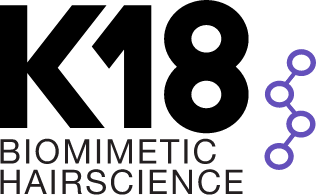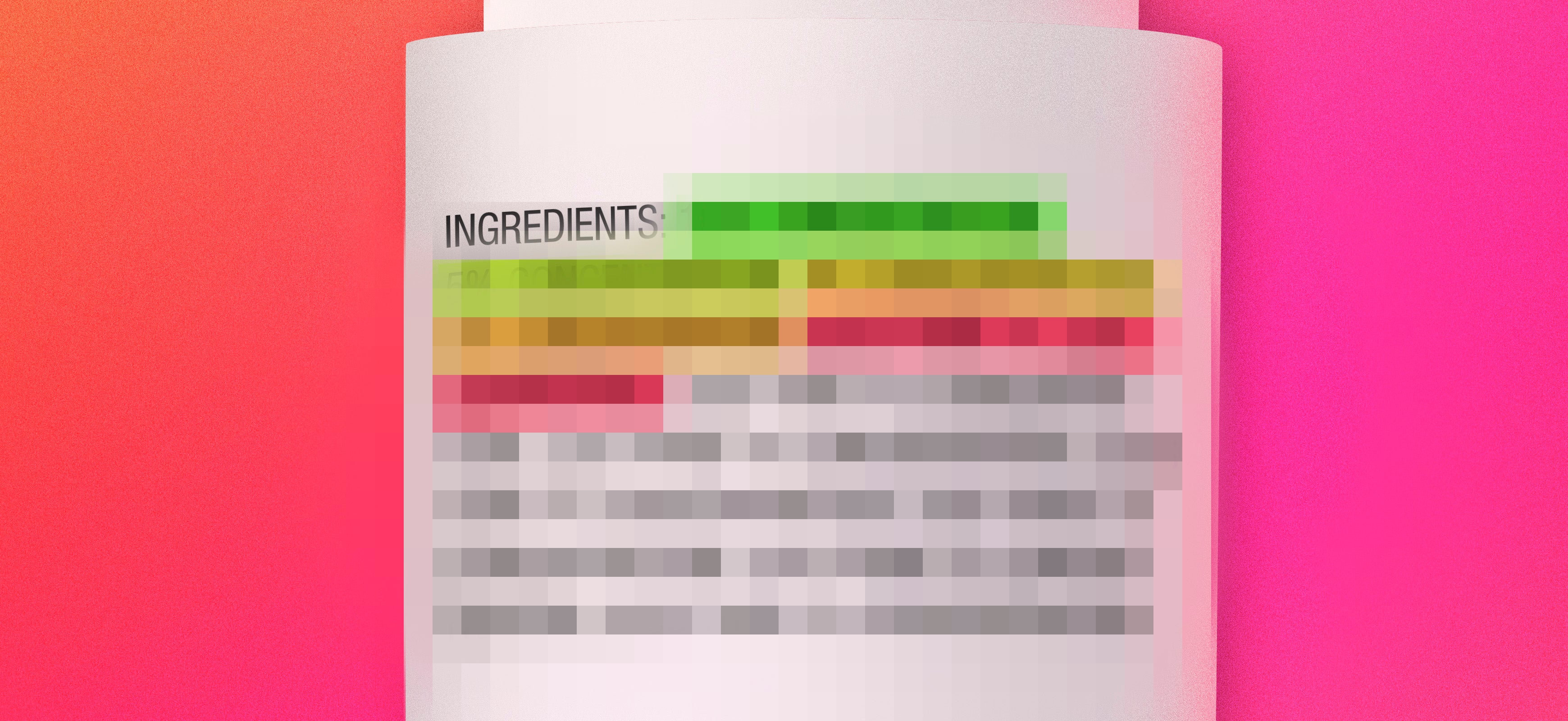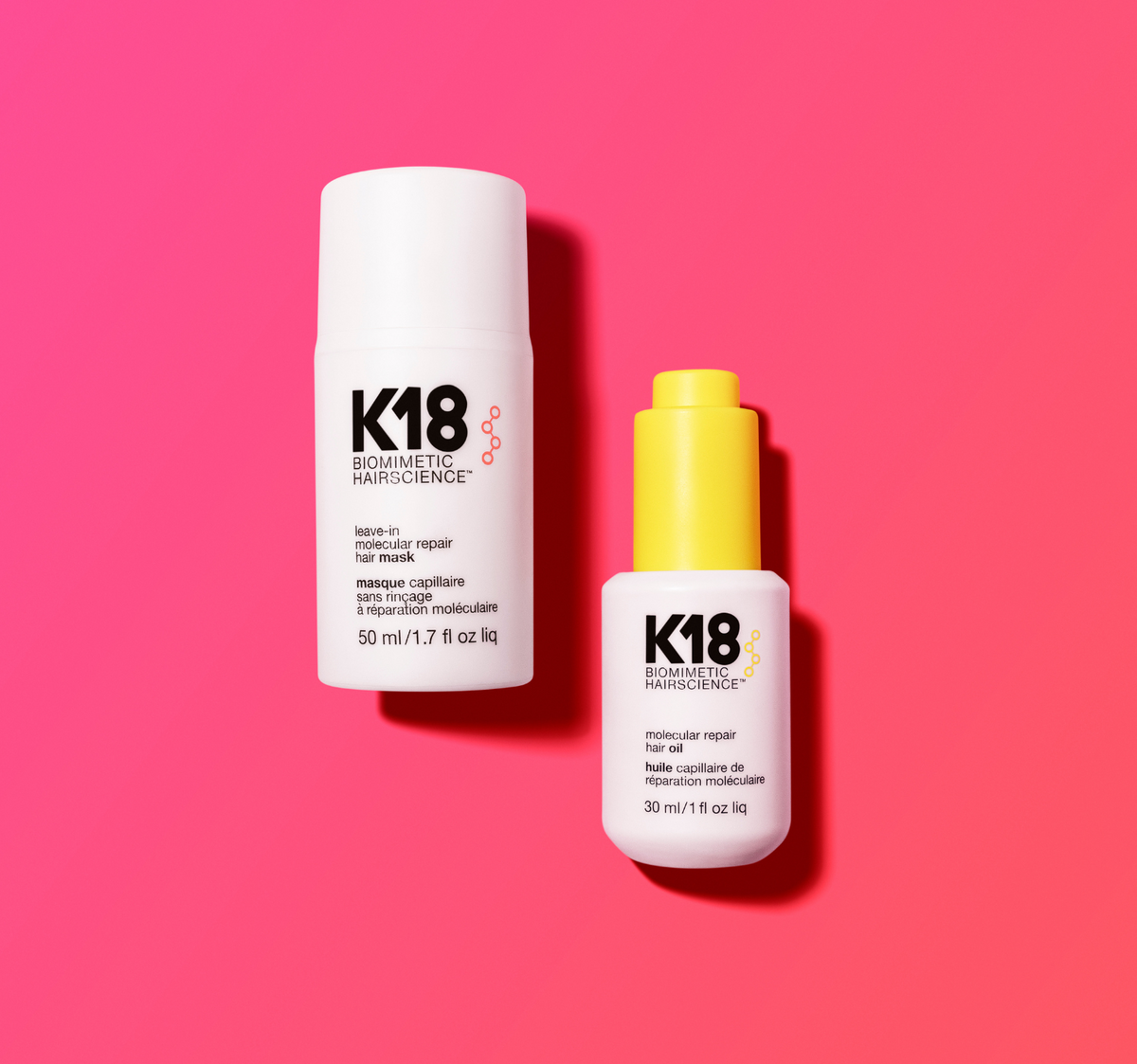How to Decode Beauty Labels
The science behind understanding ingredients—even (seemingly) complicated biotech ones.
Read MoreEver felt lost while scanning the ingredient list on your favorite beauty product? You’re not alone.
Ingredient labels are complex—especially when it comes to skincare and haircare. Most beauty products contain an array of unfamiliar natural, chemical, and biological ingredients with confusing names.
Since it’s relatively new in beauty formulations, biotechnology introduces an unfamiliar new naming convention to ingredient lists which can make biotech ingredients especially challenging to decipher.
But we’re here to tell you, there’s no need to be intimidated by these labels!
Although potentially unfamiliar, we’re here to give you the tools to translate. Knowing how to read a product label will help you pick products that best align with your beauty goals and personal ethos, and we want to empower you with that knowledge.
what’s supposed to be listed on an ingredient label?
Legally, every cosmetic product must list its ingredients. Most beauty ingredient lists follow standards defined by the International Nomenclature of Cosmetic Ingredients (INCI). INCI’s goal is to create a universal language for product ingredients that are standardized across different markets and countries.
The INCI list displays ingredients from highest concentration to lowest by weight and identifies what makes a product special including active ingredients, allergens (indicated with an asterisk *), and preservatives.

INCI includes common names, chemical structures, Latin names for plant-derived ingredients, and peptides or proteins and their origins. Note that while peptides and proteins are both made up of amino acid building blocks, they’re not the same thing.
INCIs can be complicated because terms like fragrance or parfum often refer to a mix of ingredients, which makes labels more complex.
When it comes to peptides or proteins, the INCI list not only shows the ingredients themselves but also indicates how they are produced (for example, fermenting an ingredient using the bacteria, E. coli or the fungus, Saccharomyces Cervisea) as factories.
Important: just because these bacteria or fungi are used in manufacturing doesn’t mean the product contains E.coli or brewers’ yeast! Rather, it indicates that those were the microbial factories where the ingredients were manufactured. For more on that, read up on synthetic biology here.
what’s actually on the label?
As we mentioned, ingredients on beauty labels are listed from highest to lowest concentration by weight.
But this only applies to ingredients that are at concentrations above 1%, meaning that the ingredient makes up more than 1% of the total volume. Ingredients with concentrations at or below 1% can be listed in any order.
This approach helps prioritize ingredient safety and efficacy information for consumers. For example, preservatives and fragrances are usually below the 1% line.
On the other hand, if the product uses a peptide or protein, it might be at a lower concentration because less volume is needed to be effective. (Or, as we like to say: less is more.)
biotech ingredients 101
If you’ve scanned the K18 leave-in molecular repair hair mask label, you may have noticed the ingredient sh-Oligopeptide-78.
This is K18’s proprietary K18PEPTIDE™.
The INCI Cosmetics Ingredient Dictionary explains that “sh-Oligopeptide-78 is a synthetic recombinant” (that is, a molecule that was produced by a genetically engineered living molecule, while remaining vegan and cruelty-free).
But what does that mean, exactly?
When you see “s” before an ingredient that means it’s synthetic (made in a lab), an “h” indicates it is biologically inspired by a human gene, and “sh” means the ingredient is produced synthetically to mimic that gene.

The “sh” in front of the name for our K18PEPTIDETM designates that the ingredient was produced by chemical synthesis (s = synthesis) and biologically inspired by human peptides (h = human). This means that the genetic instructions for the peptide originally come from humans. sh-Polypeptide-1 is another famous molecule also known as Epidermal Growth Factor (or EGF) that is an ingredient in many skincare products. Though it’s not in any K18 formulas, you may have seen this on other beauty formulas.
It’s important to note that the “sh” prefix indicates that these peptides were not extracted from humans. The genetic code for these peptides was downloaded from one of the many publicly available DNA sequence databanks.
Now that we understand the K18PEPTIDE™ ingredient prefix (sh) let’s turn to Oligopeptide-78, the name of the peptide itself. Oligopeptides are short-chain peptides usually with less than 20–25 amino acid residues. Oligopeptide-78 is a “decapeptide” made up of 10-15 amino acids with a proprietary sequence that corresponds to type II Keratin.
Our proprietary peptide closely mimics a natural component of hair’s protein structure, allowing it to fit seamlessly into the holistic system of bonds in your hair and offer targeted molecular repair.
This is where the term biomimetic comes in. K18PEPTIDETM (sh-Oligopeptide-78) biologically mimics something naturally occurring in the human body (keratin and structural proteins found in hair) so hair recognizes it as its own, enabling it to work more effectively.
next, let’s decode AirWash™
Our new AirWash™ dry shampoo is powered by a similarly created biotechnology: odorBIND™. To create this new odor-eliminating molecule, K18 bioscientists turned to nature to find the most powerful odor detection in nature, which we found in pigs.
Let’s use the same ingredient decoding we learned above here for the s-Pig Polypeptide that you see on othe AirWash™ label.
To refresh your memory, “s” means synthetic aka produced by chemical synthesis. That means our K18 bioscientists used a known DNA sequence that matches what would be seen in a pig’s
olfactory system—their sense of smell—and recreated it in the lab. This is how we achieved the odor-elimination properties of odorBIND™while ensuring that no pigs were harmed or involved in this process at all.
This product and odorBIND™ are 100% vegan and Leaping Bunny certified (pending Halal and kosher certification).
The E-coli that you see on the AirWash™ label is the base organism which our protein is modeled after. All new molecules need a base to work off of and E-coli is one of the most efficient organisms on the planet, making it optimal for new creations.
For example, E-coli is the base for countless products in pharmaceuticals, such as insulin. Nevertheless—there is no active E-coli in the product.
your ingredient decoding checklist

Next time you pick up your favorite cosmetic product, take a moment to look over the ingredient list. Pay attention to the order in which the key ingredients are listed—this simple check can reveal a lot about a product’s formulation.
When looking at a biotech beauty label, try using the section above as a guide to decode the ingredients for yourself using our prefix breakdown. Or, you can use INCI to look up any ingredient to understand its origins.
As biotech ingredients become more prevalent in beauty, understanding the structure of labels and what information they contain will empower you to make informed product choices that suit your beauty needs.



